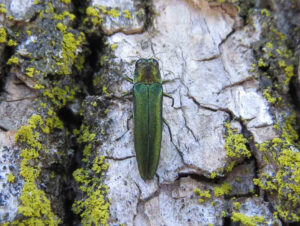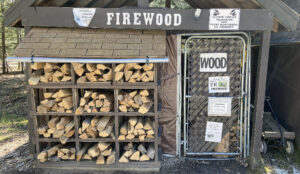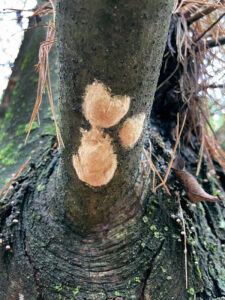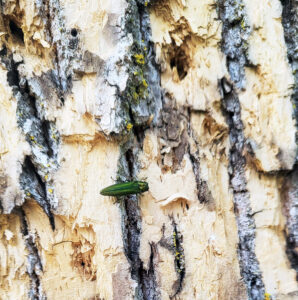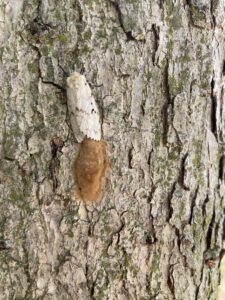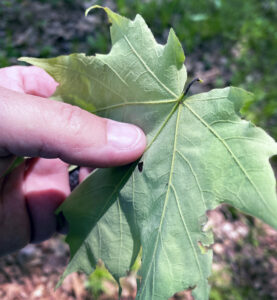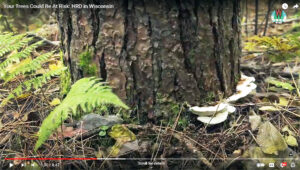
A Wisconsin Department of Natural Resources video on Heterobasidion root disease shows ways to identify the disease and presents best management practices. / Photo Credit: Wisconsin DNR
By Art Kabelowsky, DNR Forest Health Communications/Outreach, Fitchburg;
Arthur.Kabelowsky@wisconsin.gov or 608-335-0167
Now is an excellent time to look for symptoms of Heterobasidion root disease (HRD), a fungal disease that attacks and kills pine and spruce trees. The disease is present in 30 of Wisconsin’s 72 counties.
The Wisconsin Department of Natural Resources has produced a video, a fact sheet and a booklet of silvicultural guidelines to manage the disease. The video and other links are on the DNR’s Forest Health webpage for HRD.
Continue reading “Video Reminds Public Of Impact Of Heterobasidion Root Disease”


